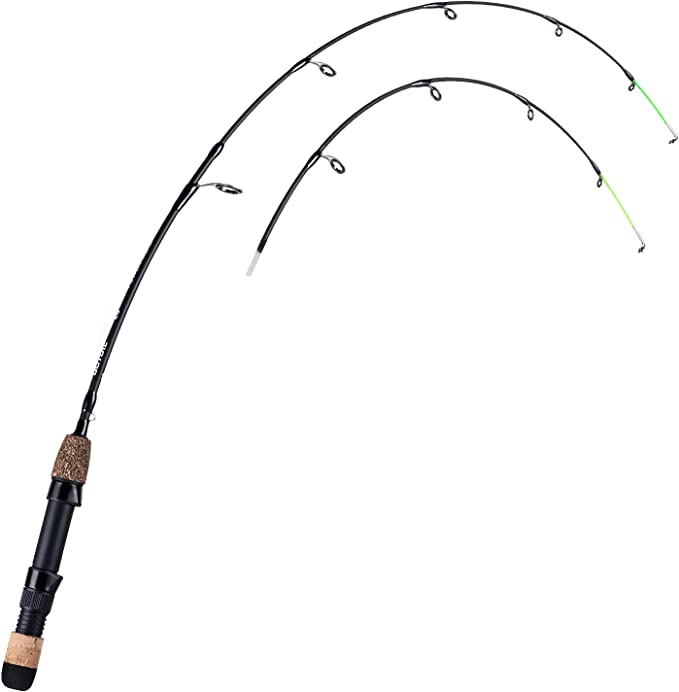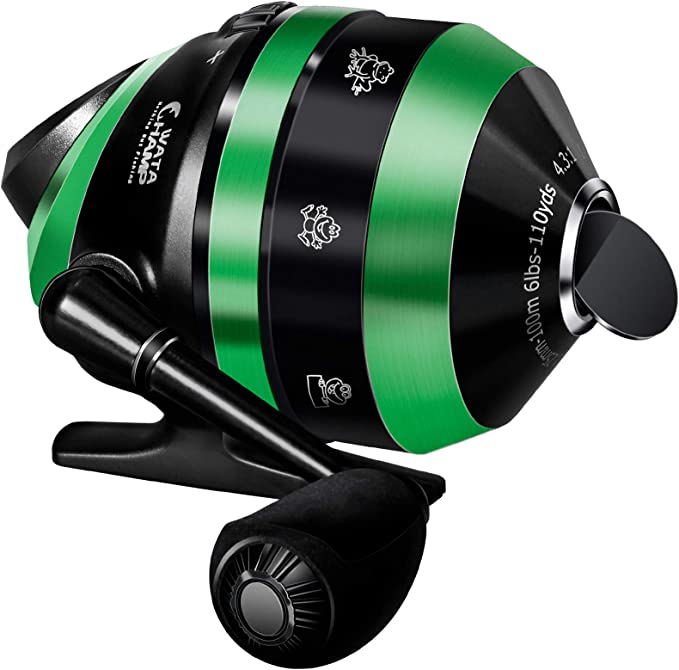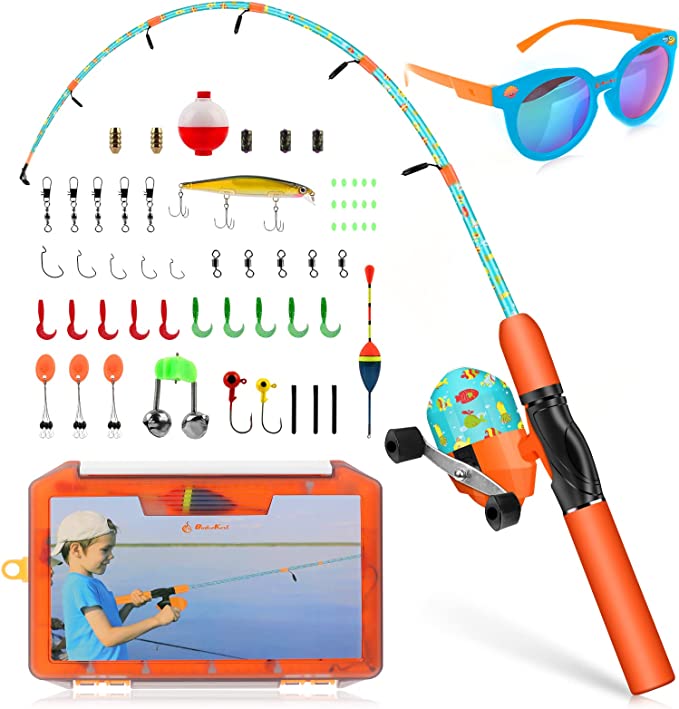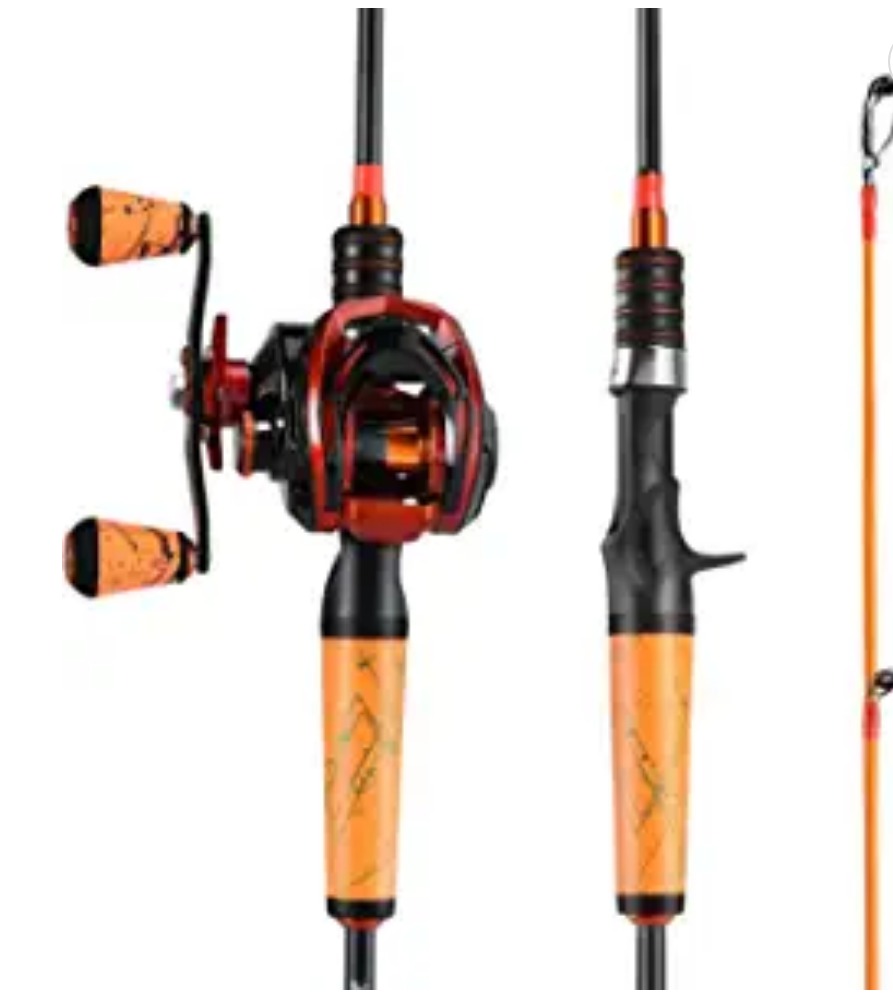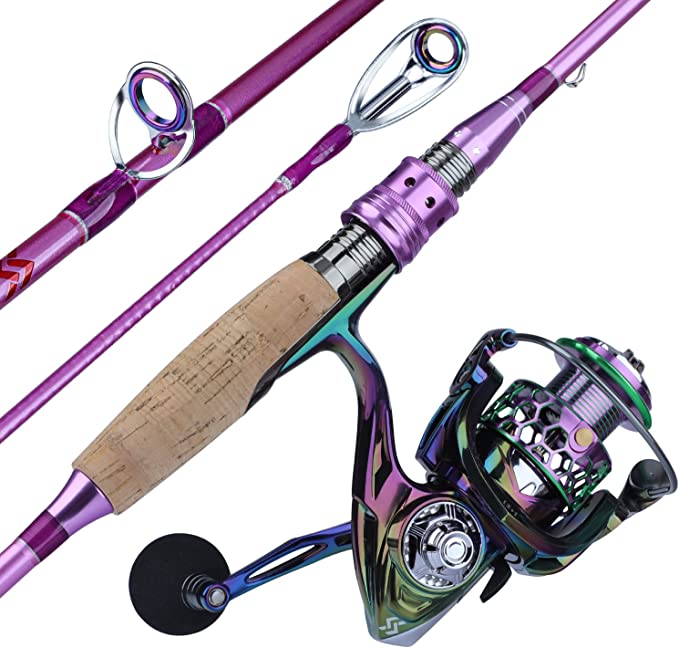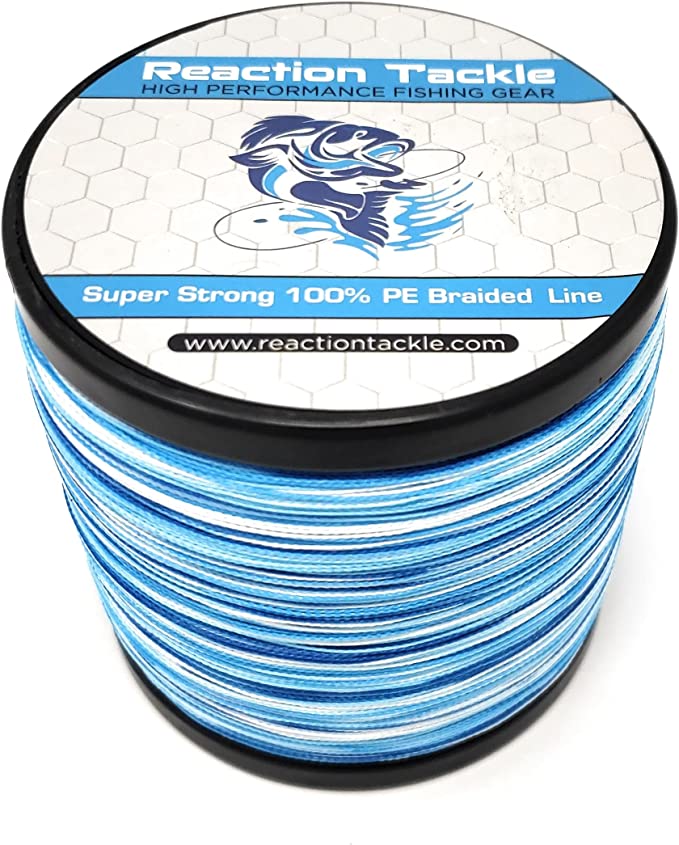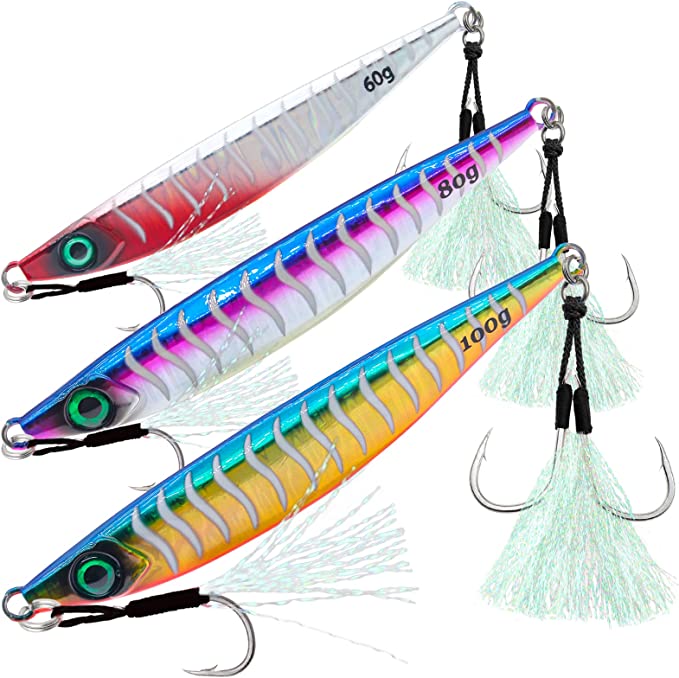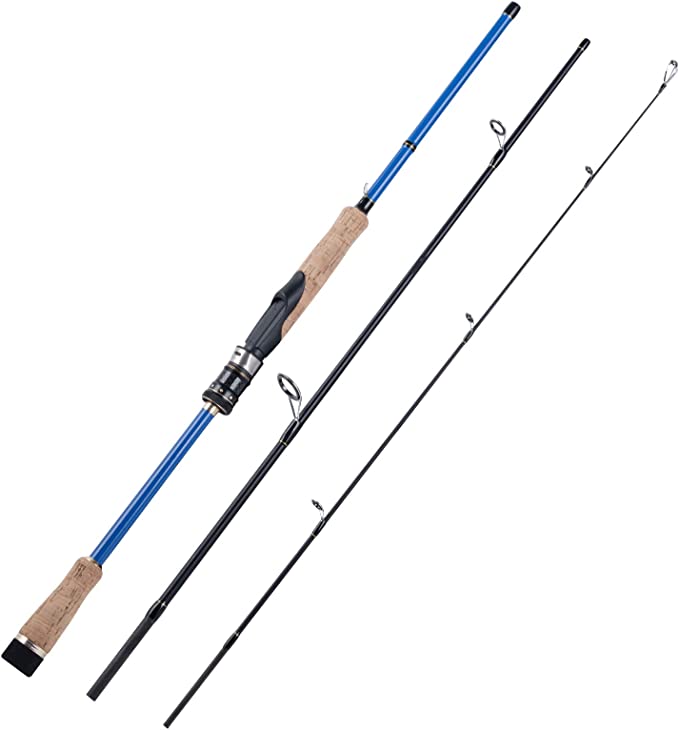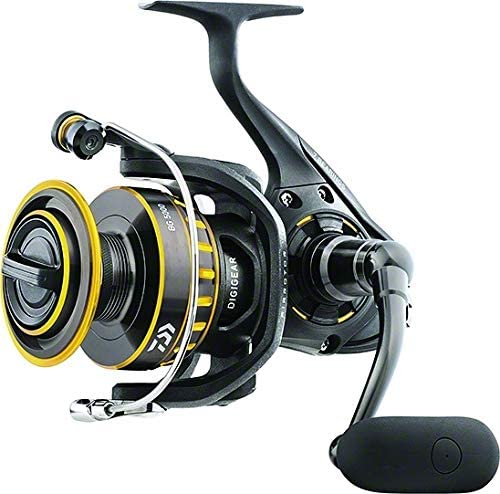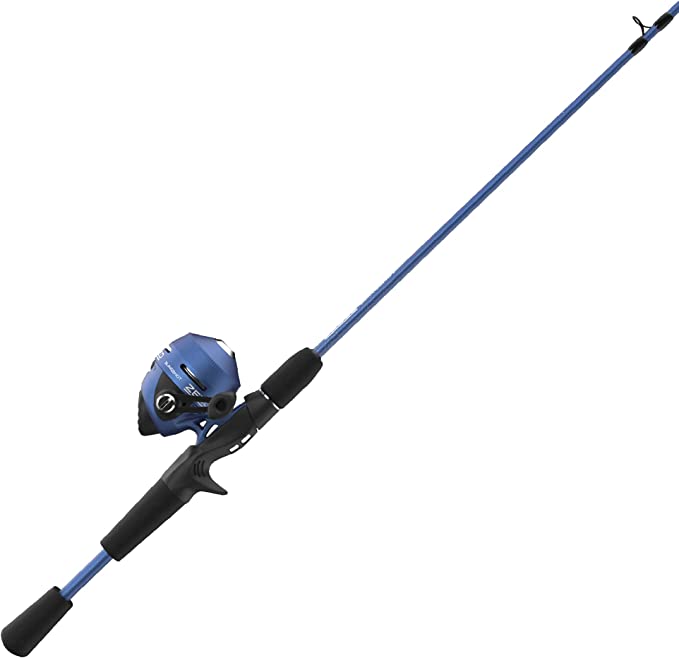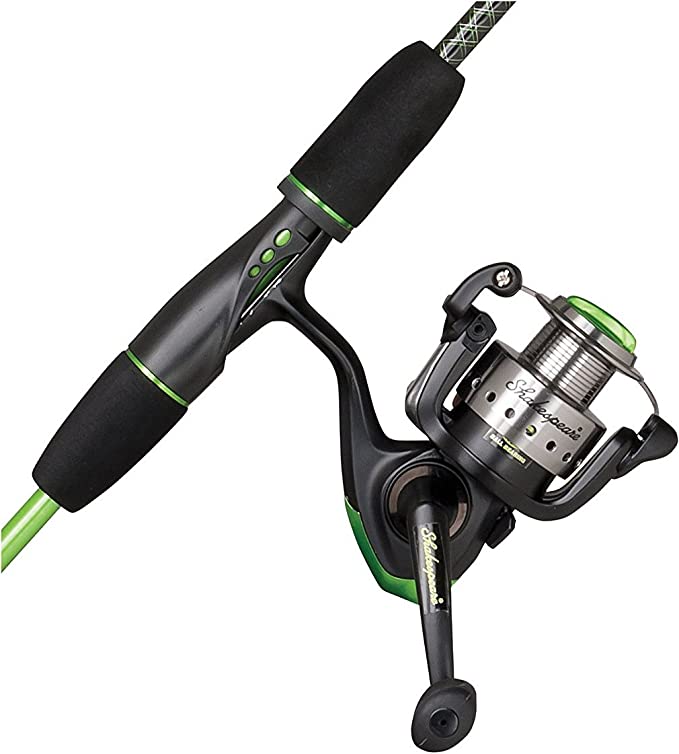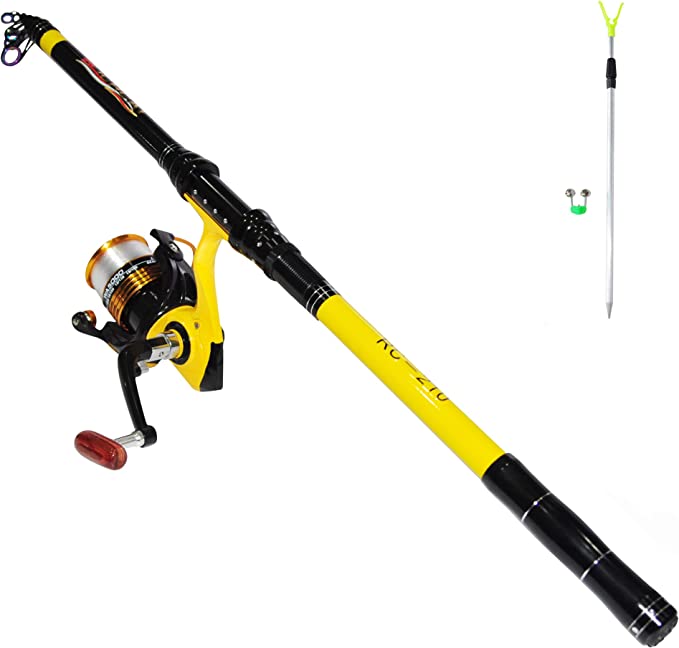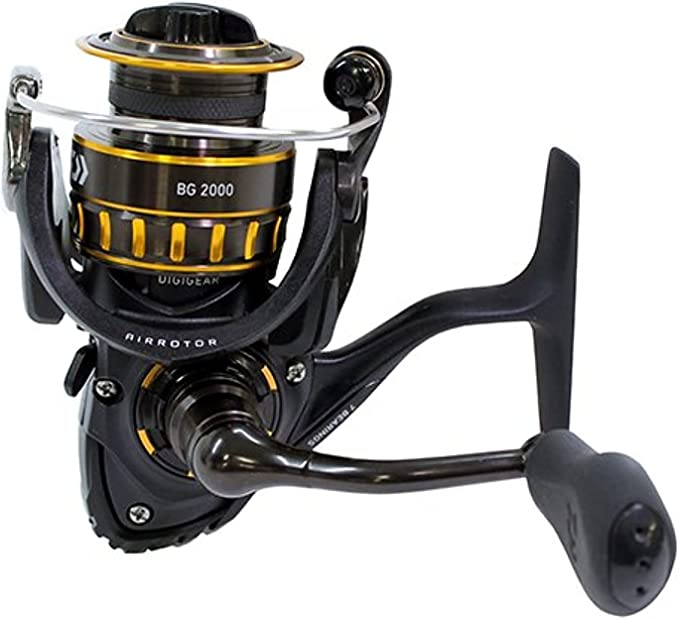The Science of a Great Catch: An Engineer's Look at the Sougayilang Fishing Combo
Update on Aug. 1, 2025, 5:29 p.m.
To an outsider, fishing might seem a simple act of waiting. But to the angler, it is a dynamic conversation between skill, environment, and the tools in their hands. The rod is an extension of your arm, and the reel is the beating heart of your setup, a miniature engine of precision and power. For those seeking an entry point into this world without breaking the bank, the Sougayilang Spinning Rod and Reel Combo presents an intriguing proposition. But what engineering and material science secrets lie beneath its vibrant yellow exterior?
The Heart of the Reel: A Masterclass in Mechanical Engineering
The Sougayilang reel is more than just a place to store line; it’s a finely tuned machine. Its most advertised feature, the 13+1BB system, speaks directly to its mechanical design. The term “BB” stands for ball bearings, which are small, precision-engineered components that reduce friction between moving parts. In a reel, they support the main shaft and gears, allowing them to spin with minimal resistance. This isn’t just about a “smooth feel”—it’s about efficiency. Lower friction means less effort to retrieve a line and, crucially, a longer lifespan for the reel’s internal components. The +1 refers to a one-way clutch bearing, an essential element for instant anti-reverse. This mechanism prevents the handle from turning backward once engaged, ensuring immediate and solid hooksets.
Another key specification is the gear ratio of 5.0:1. This number is a fundamental aspect of a reel’s character. In simple terms, for every full rotation of the handle, the spool rotates five times. This ratio represents a deliberate engineering choice, striking a balance between a high-speed retrieve (useful for quickly covering water with lures) and the torque needed to reel in a stubborn fish. A higher ratio would be faster but weaker, while a lower ratio would be more powerful but slower. The 5.0:1 is a versatile “all-rounder” for many common fishing scenarios, from freshwater ponds to inshore bays.
The engineering focus on line management is also evident in the reel’s S-curve oscillation system and Anti-Twist Line Roller. As the handle turns, the S-curve system ensures the line lays down on the spool in a perfectly even, crisscross pattern. This precise layering prevents the line from digging into itself, which is a common cause of backlash and tangles on a cast. The line roller, positioned at the bail, constantly spins to prevent the line from twisting as it is retrieved, further ensuring a frustration-free experience and prolonging the life of your line.
The Rod: A Symphony of Materials and Physics
A fishing rod must be a paradox: strong enough to hoist a fish from the water, yet sensitive enough to telegraph the lightest touch. The Sougayilang rod achieves this through a composite construction of carbon and glass fiber. This is a testament to the science of composite materials, which combines two or more different materials to create a new material with superior properties.
Carbon fiber, a high-tech material, is known for its incredible stiffness and low weight. This characteristic provides the rod with its exceptional sensitivity. When a fish bites, the vibrations travel up the stiff carbon fibers directly into your hand. Conversely, glass fiber is a more traditional material, celebrated for its durability and flexibility. It provides the tensile strength and resilience needed to absorb the sudden shock of a strike and prevent the rod from breaking under the stress of a fighting fish. The combination of these two materials results in a “Medium” power rod—a versatile design that balances the sensitivity needed for detecting bites with the power required to land a variety of freshwater and saltwater species.
This two-piece design, a hallmark of many modern fishing rods, is a practical solution rooted in logistics. It allows the rod to be broken down for easy transportation and storage. The ferrules, or the connection points, are engineered for a secure fit that, when properly seated, maintains the rod’s full strength and action. This design ensures that a high-performing fishing tool can be a convenient travel companion.
Ergonomics: The Science of Comfort and Control
Fishing is a physically demanding activity, and the design of the handle is crucial for comfort and control. The Sougayilang combo is fitted with an EVA (ethylene-vinyl acetate) foam handle. From a material science perspective, EVA is a copolymer that is prized for its spongy yet firm texture, providing excellent grip even when wet. Unlike traditional cork or hard plastic, its closed-cell structure makes it exceptionally slip-resistant and durable. This material’s ability to absorb vibrations also plays a key role in reducing hand fatigue during long hours of casting and retrieving.
The reel’s ambidextrous design is a simple but powerful application of ergonomics. The ability to easily switch the handle from one side to the other means the combo can be instantly adapted to fit the natural retrieve style of any angler, right-handed or left-handed. This feature ensures that the tool adapts to the user, not the other way around, making fishing more accessible to a wider audience.
The Verdict: A Pragmatic Choice for the Modern Angler
The Sougayilang Spinning Rod and Reel Combo is a fascinating blend of well-established engineering principles and materials science. It delivers on its promise of versatility, suitable for a range of fishing techniques and environments, from a tranquil lake to a bustling inshore pier. While it may not have the ultra-premium feel of higher-priced gear, its design choices—from the 13+1BB system to the carbon-fiberglass composite rod—are based on sound, widely-accepted principles of mechanics and engineering. It is an intelligent, pragmatic choice for the novice seeking a reliable start or the seasoned angler needing an affordable, dependable backup. It’s a tool that proves you don’t need to spend a fortune to appreciate the science and joy of a great catch.
